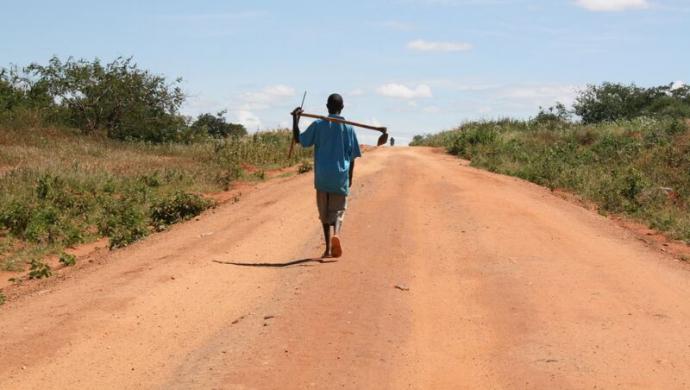Året 2010 sluttede med de højeste fødevarepriser siden 2008, da den dyre mad førte til optøjer flere steder i verden. Men eksperter er uenige om, hvor dyb fødevarekrisen egentlig er denne gang. Det viser en undersøgelse, som FNs nyhedstjeneste IRIN har lavet.
Question from IRIN: Are the December 2010 prices a crisis in the making?
Most experts see the hike as a temporary peak, but there is some debate on whether food prices reached the benchmark for a crisis, as recorded in June 2008.
– The hike is a price shock … we are not in a global crisis – it is not that we have run out of global supplies, said Abdolreza Abbassian, secretary of the Intergovernmental Group on Grains at the Food and Agriculture Organization (FAO).
Countries faced a potential crisis depending on whether they had ample supplies or the financial capacity to import countries, he said.
Nogle tal
FAO’s food price index for December 2010 was one percent higher than in June 2008, but the prices of staple grains were 13 percent below their peak in June 2008.
The World Bank noted in an analysis that food prices in December 2010 were still eight percent below the 2008 peak.
Ro på
Roger Waite, the European Commission’s spokesman on agriculture said,
– Markets are tight for some commodities, and the average price is considerably higher than recent averages, but still not on a par with the price spikes seen in 2008, and cited the World Bank figures to make his point
Waite said the FAO food price index figures for December 2010, which showed prices slightly higher than in June 2008, give a weighted average figure based on exports from developing countries. As a result, it gives greater weight to sugar and vegetable fats, for example, where market prices really are exceptionally high.
Krise om hjørnet – måske
Derek Headey, who co-authored a book with Shenggen Fen on the 2007/08 food price crisis, said the current global environment was very similar.
– I would say we are now in a crisis. The FAO food price index is at the same level it was in June of 2008, while the FAO cereal price index is at about 85 percent of its 2008 peak. Sugar prices are at a record high. And there are also some worrying food inflation trends in a variety of developing countries.
Headey, a researcher at the International Food Policy Research Institute (IFPRI), commented that the current hike was a “bit of a bubble … the supply response in agriculture is slow because it is seasonal – it would only take one good crop in a major producer, such as the US, to send prices tumbling down again.














